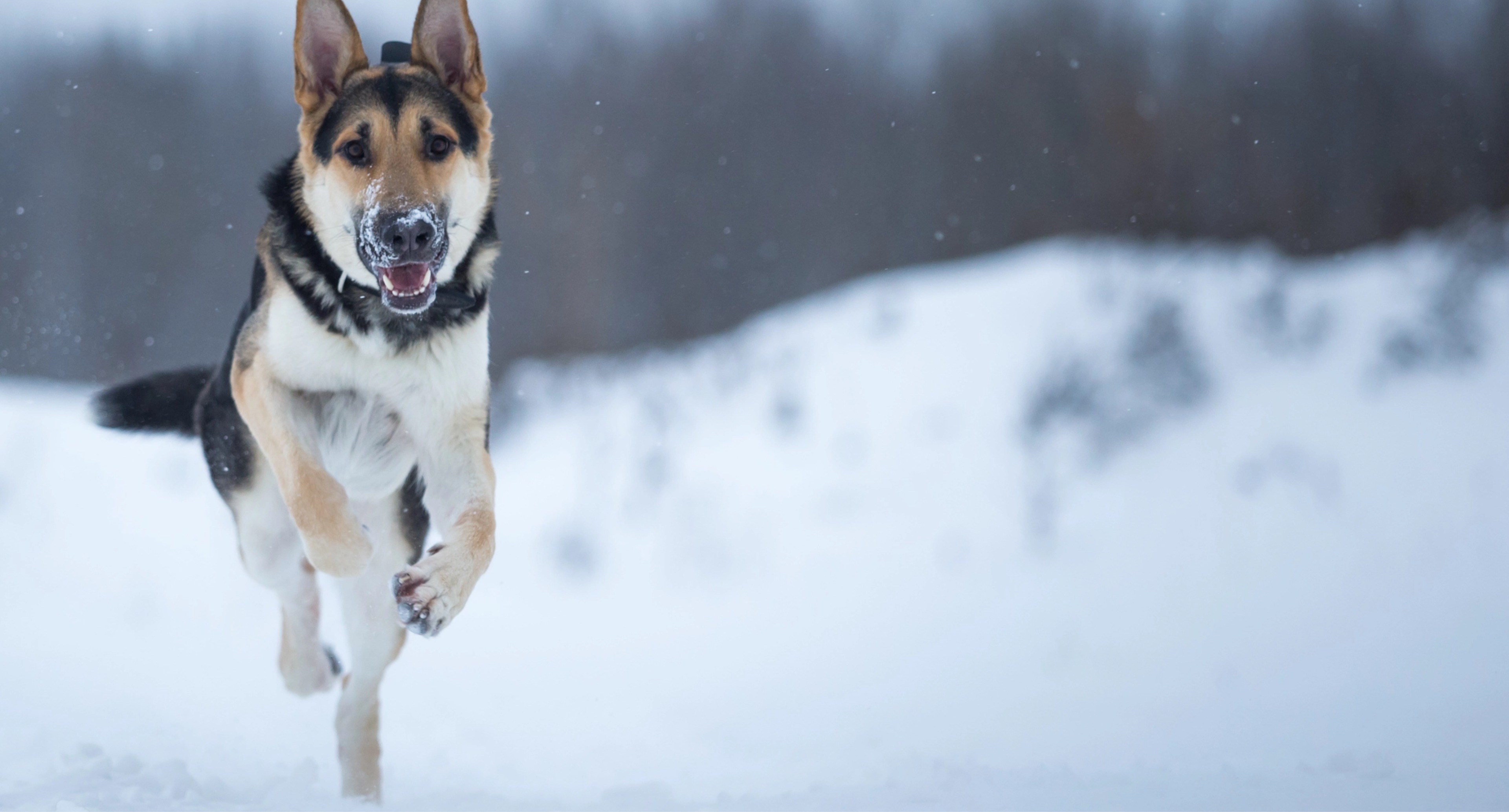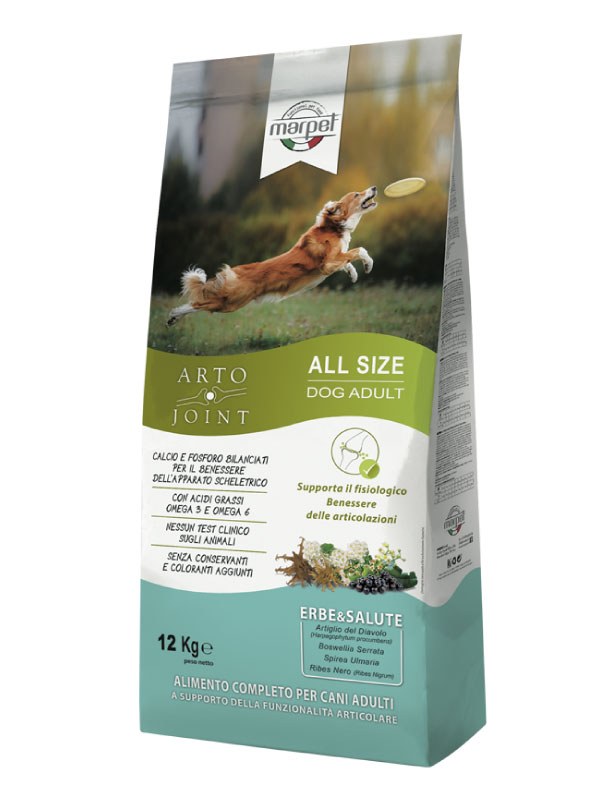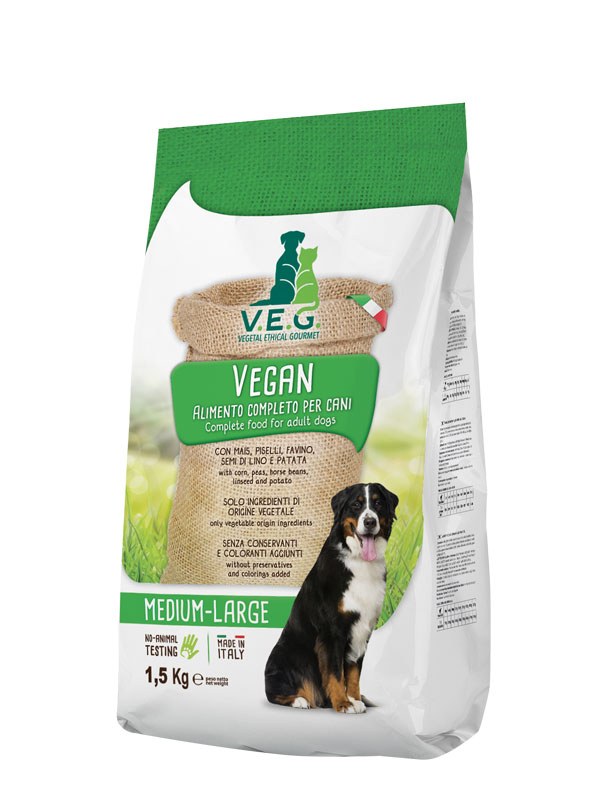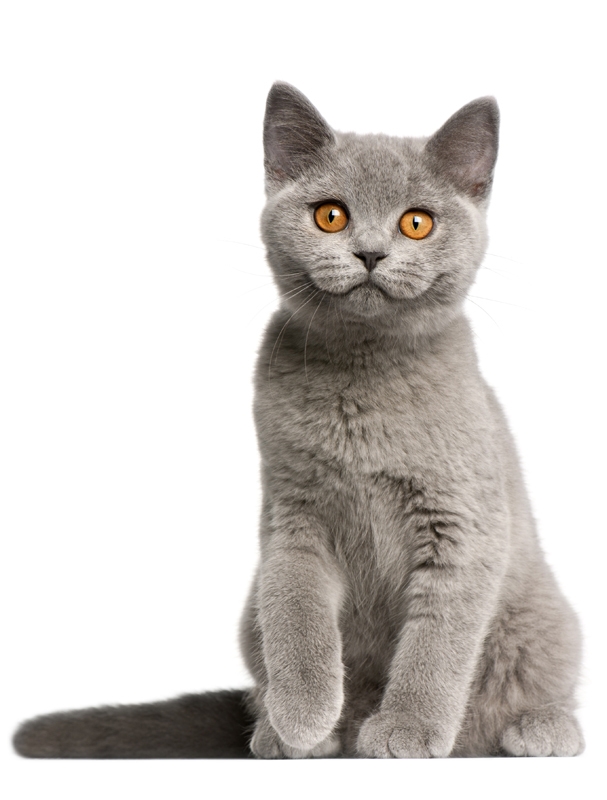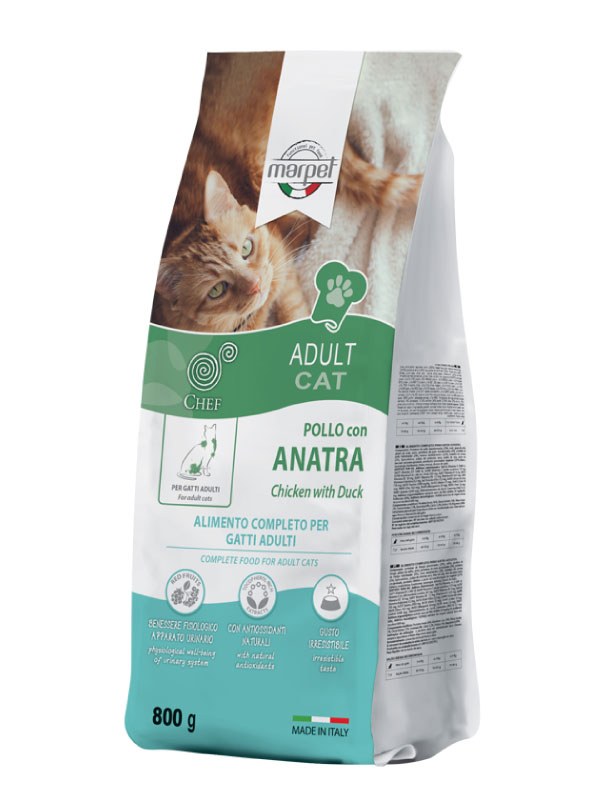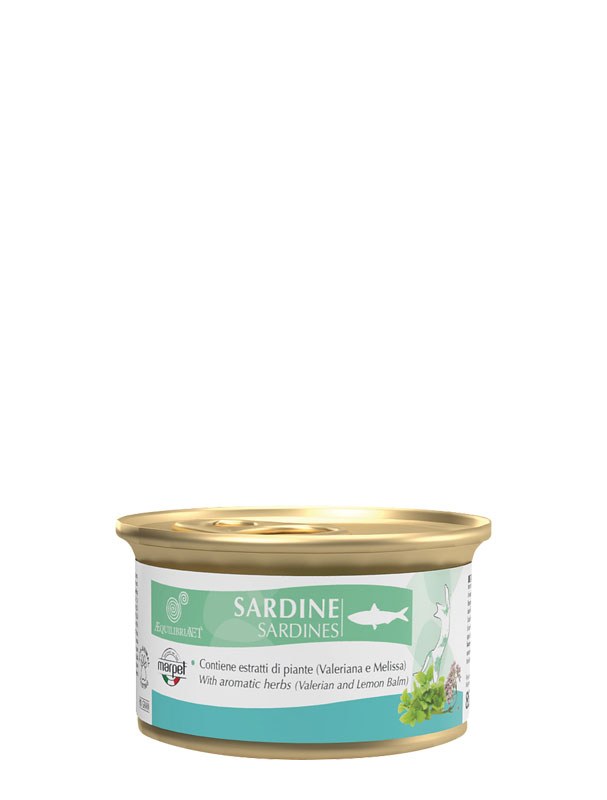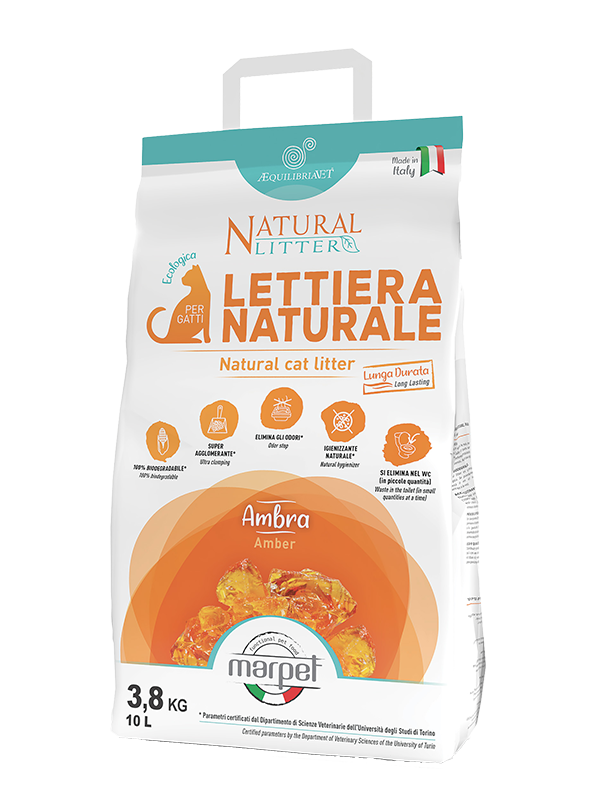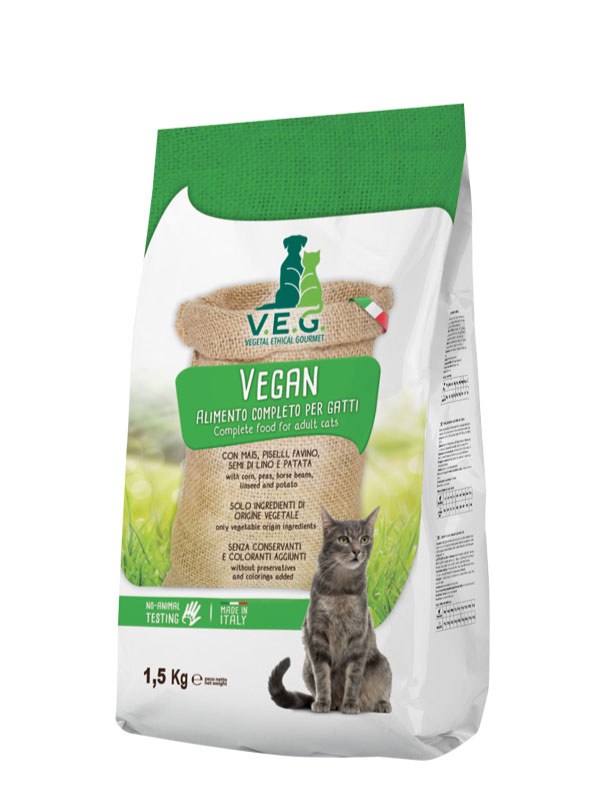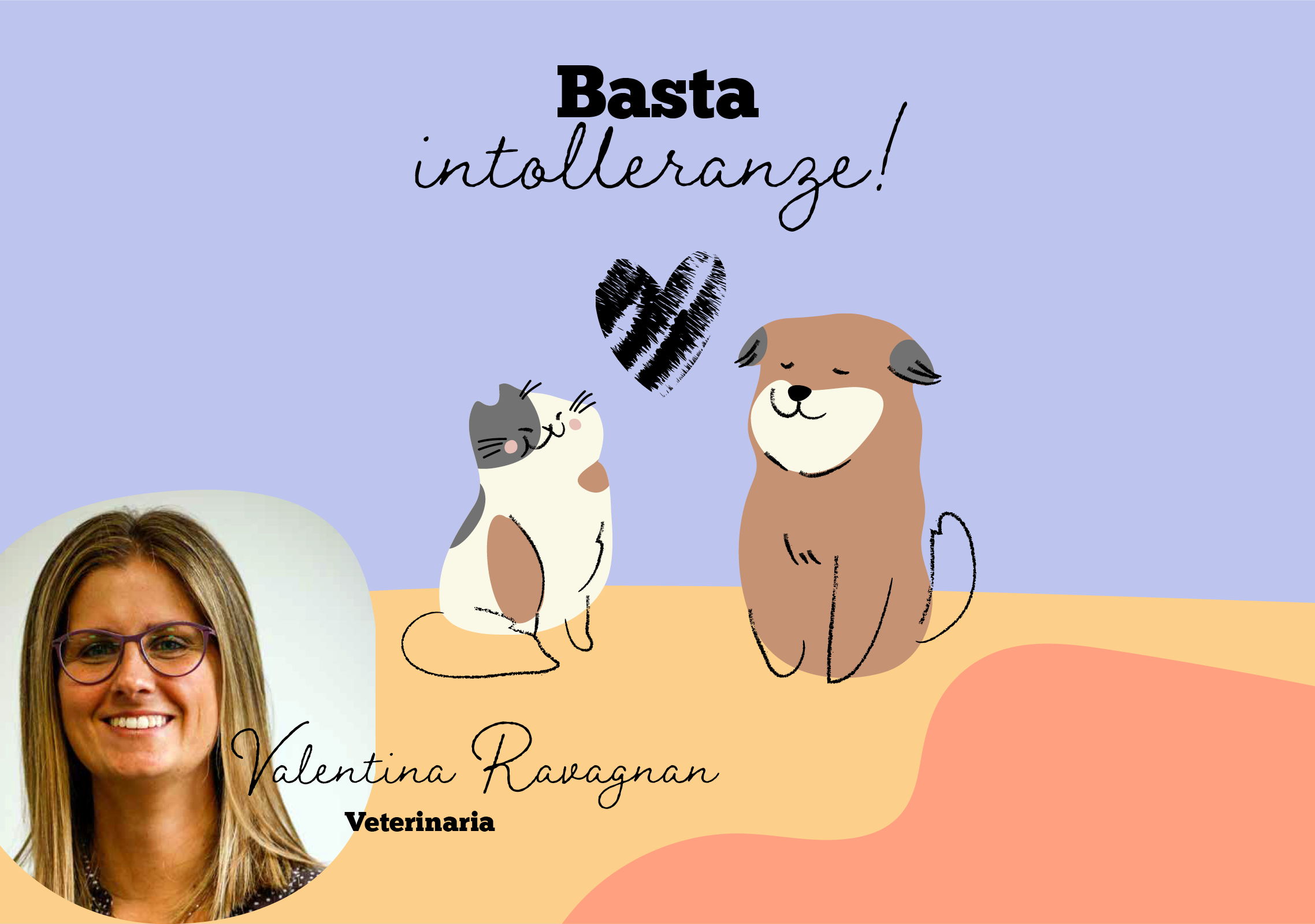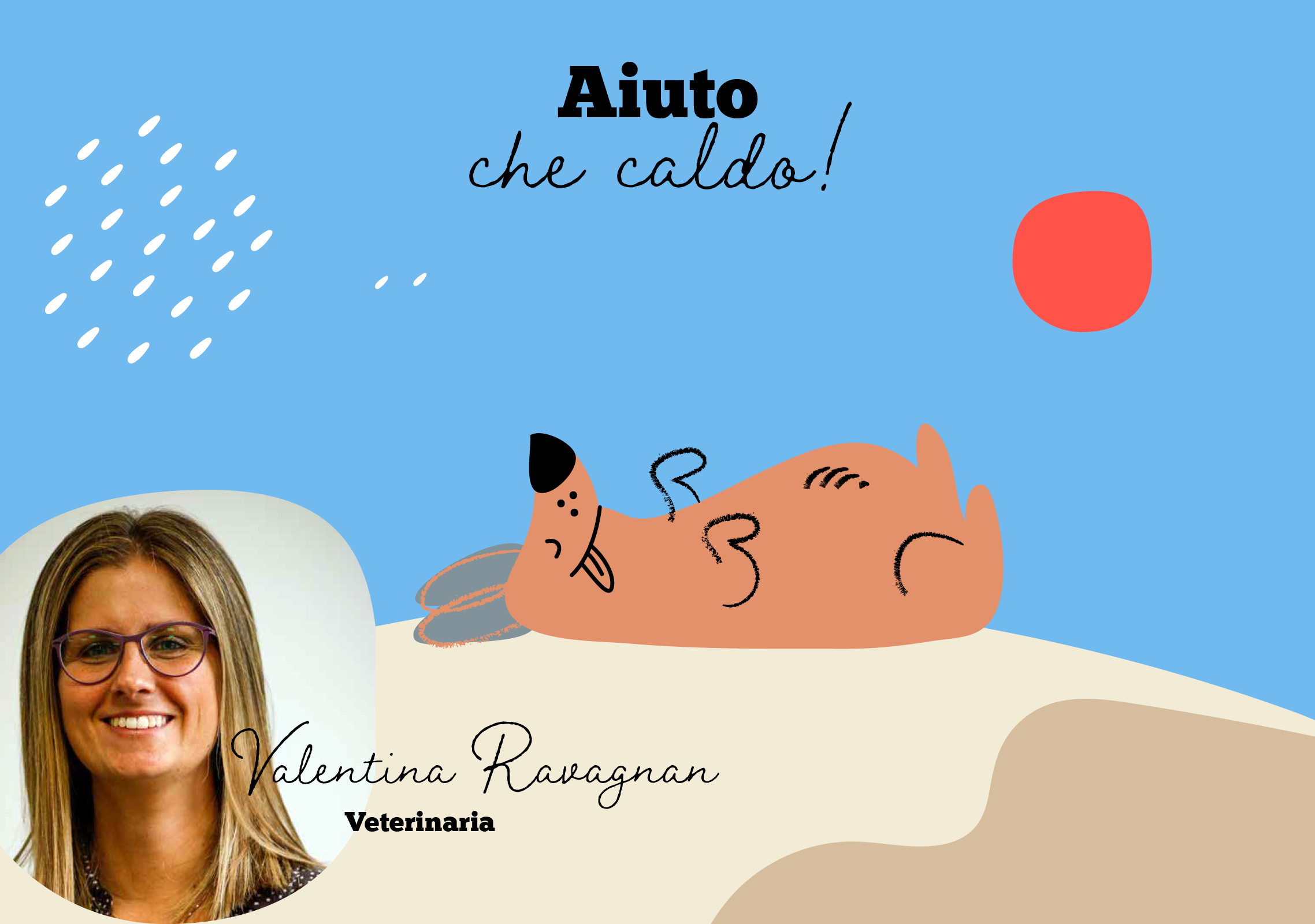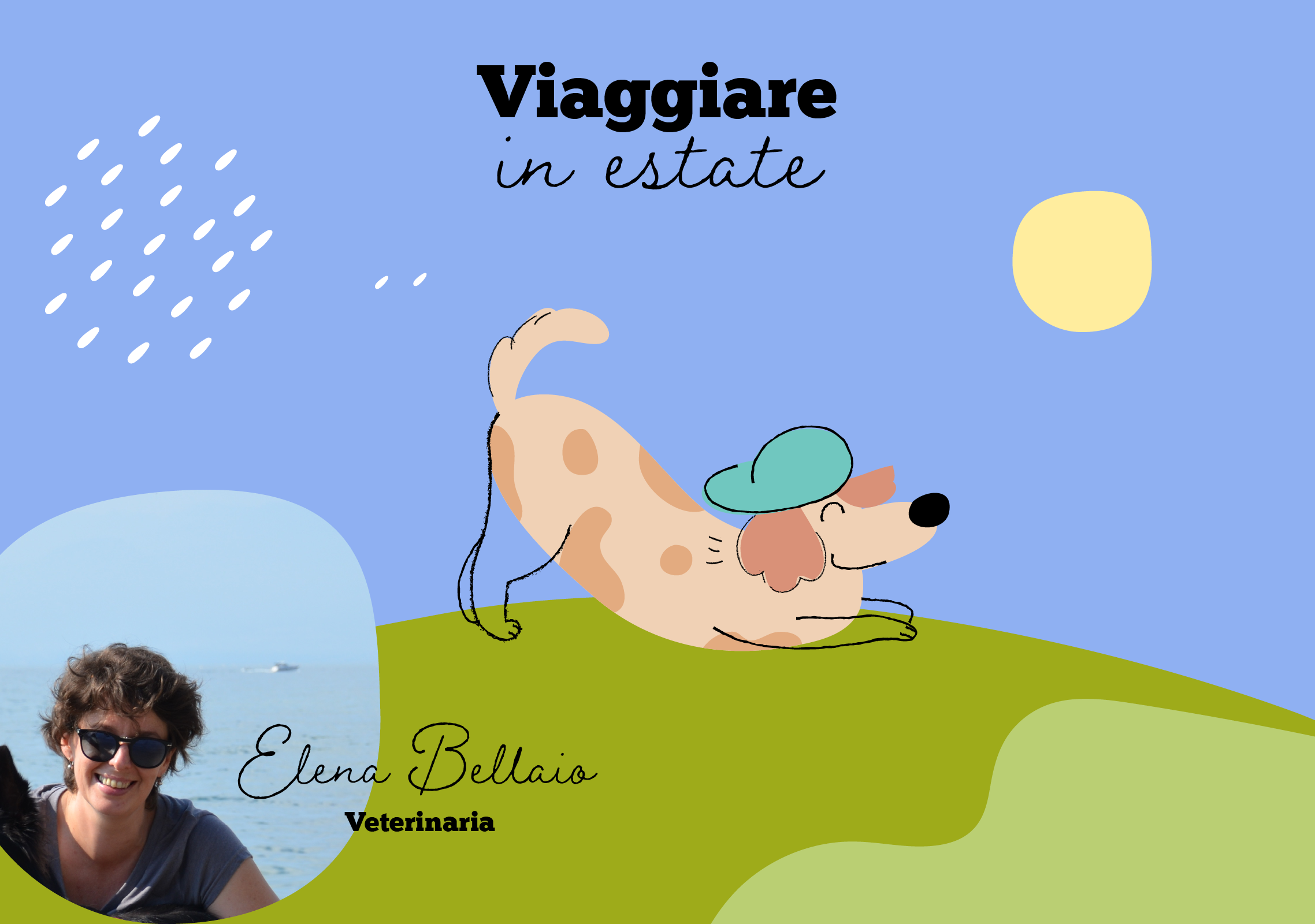ARTHROSIS IN THE DOG
The arrival of autumn and the resulting cold weather is certainly a time of great interest for anyone with a dog or cat, especially if the animal is elderly or suffers from joint problems.
It is estimated that joint diseases affect around 20% of dogs, i.e. 1 in 5, but this estimate may be underestimated as the symptoms are not always immediately visible to owners and sometimes a diagnosis is only made when the problem is at an advanced stage.
There are many different types of joint disease, and the cold and damp weather that characterises these seasons only exacerbates the pain that dogs and cats endure throughout the year.
So how do you alleviate these symptoms?
But first, how can I tell if my dog is suffering from a joint problem?
SIGNS TO LOOK OUT FOR...
As owners, the best thing we can do to understand if there is a joint problem is to observe our pets and notice if they exhibit different attitudes to their normal behaviour. Let's look at some of them:
- they seem lazier in walking and tend to lag behind when out for walks
- they have more difficulty in going up and down stairs
- they tend to limp or assume abnormal postures
- they seem "sluggish" and less happy to move around and do physical activity
- they have a tendency to lick or nibble at their paws insistently
These attitudes are often attributed to simple old age, but don't forget that they could be a warning sign of more serious problems.
Therefore, if one or more of these signs are present, it is advisable to contact your vet and present the findings in detail, so that the problem can be investigated and the most suitable approach found.
...AND SOME PREDISPOSING FACTORS.
Certainly, genetics does not help certain breeds that are more prone to the development of joint diseases, but this is not the only factor to take into consideration.
Many predisposed breeds, in fact, if managed in the right way from the point of view of diet and physical activity, can lead an almost completely normal life or with reduced symptoms.
Rather, the diet itself and, in particular, overweight and obesity have an extremely significant influence on the joints, both on healthy ones and on those that already have some pathology.
The joints are designed to bear a certain weight, depending on the physical structure of each dog (whether small, medium or large in size); in overweight or obese dogs the joints bear more weight and are therefore under greater stress, with the risk of cartilage damage developing and consequently inflammation and pain.
To give you an idea of what I mean, try to imagine walking with a rucksack on your back weighing about 10-15 kg: in the long run your knees will certainly suffer. The same goes for your dog's joints...it's a shame, though, that the rucksack is easy to remove, whereas the extra kilos take a lot longer!
Physical activity is another important factor, closely related to the weight problem: regular walks help not only to maintain physical fitness but above all to accustom the joints to proper movement.
HOW BEST TO DEAL WITH THE COLD PERIOD?
Having analysed the problem, we now need to understand how we can best help our inseparable four-legged friend.
Certainly, the first thing to do is to have your dog sleep in a covered place, so as to avoid subjecting their joints to excessively rigid temperatures.
In addition, even if your dogs already have mobility problems, you should not leave them to rest but take regular daily exercise: two slow walks a day will improve the mobility of the joints, as opposed to a sedentary lifestyle.
It is preferable to take these walks during the warmer hours of the day and, if bad weather should "surprise" us, we should try to protect our friends from the rain with waterproof coats or dry them well when we get home so that the joints do not get too cold.
Remember that in the event of particularly severe pain, it is always useful to consult your vet, who will be able to prescribe the most appropriate therapy for your four-legged friend's health condition.
There are also complete foods or complementary foods in tablet form with properties that can help maintain the physiological function of joints. Artosalus Joint and Artosalus Tablets can be a valuable aid and support thanks to Devil's Claw, Boswellia, Spirea Ulmaria and Blackcurrant, whose properties help improve physiological joint mobility. Both products can also be combined with pharmacological therapies.
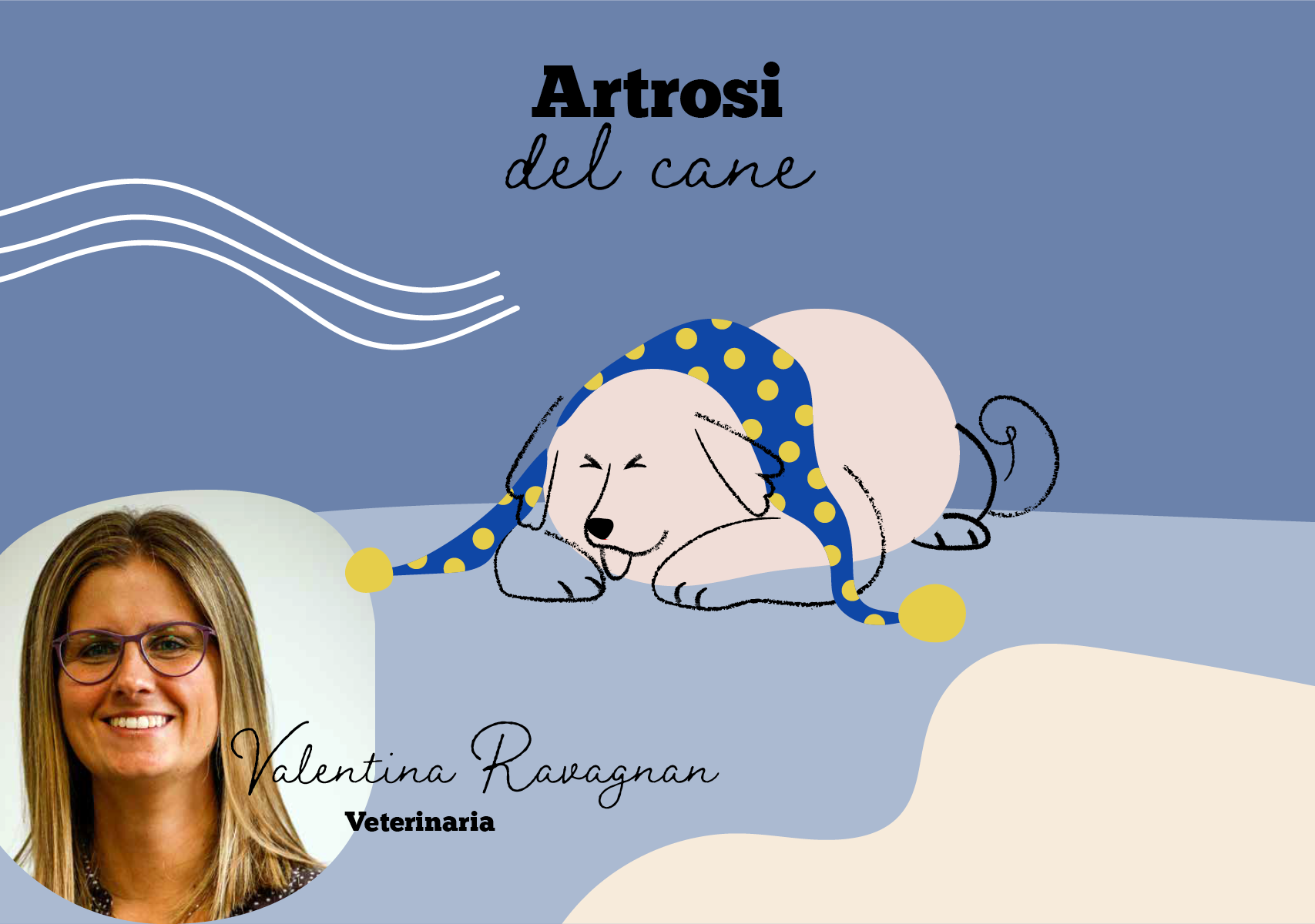
I prodotti monoproteici hanno preso parecchio spazio sugli scaffali dei nostri petshop preferiti. Ma cosa vuol dire alimento monoproteico?
Especially during the hottest months of the year, thermal changes and high temperatures can be really dangerous both for us humans and for our inseparable animal friends. What are the risks of so-called heatstroke? And what are the best ways to prevent its consequences? Let's find out together!
Nella Medicina Tradizionale Cinese (MTC) si contano 5 tecniche terapeutiche: agopuntura, dieta, fitoterapia, Tui Na e Qi Gong.
Ad esclusione dell’ultimo (disciplina che prevede movimenti e respiro controllati) le altre quattro sono considerate terapie anche in medicina veterinaria.
